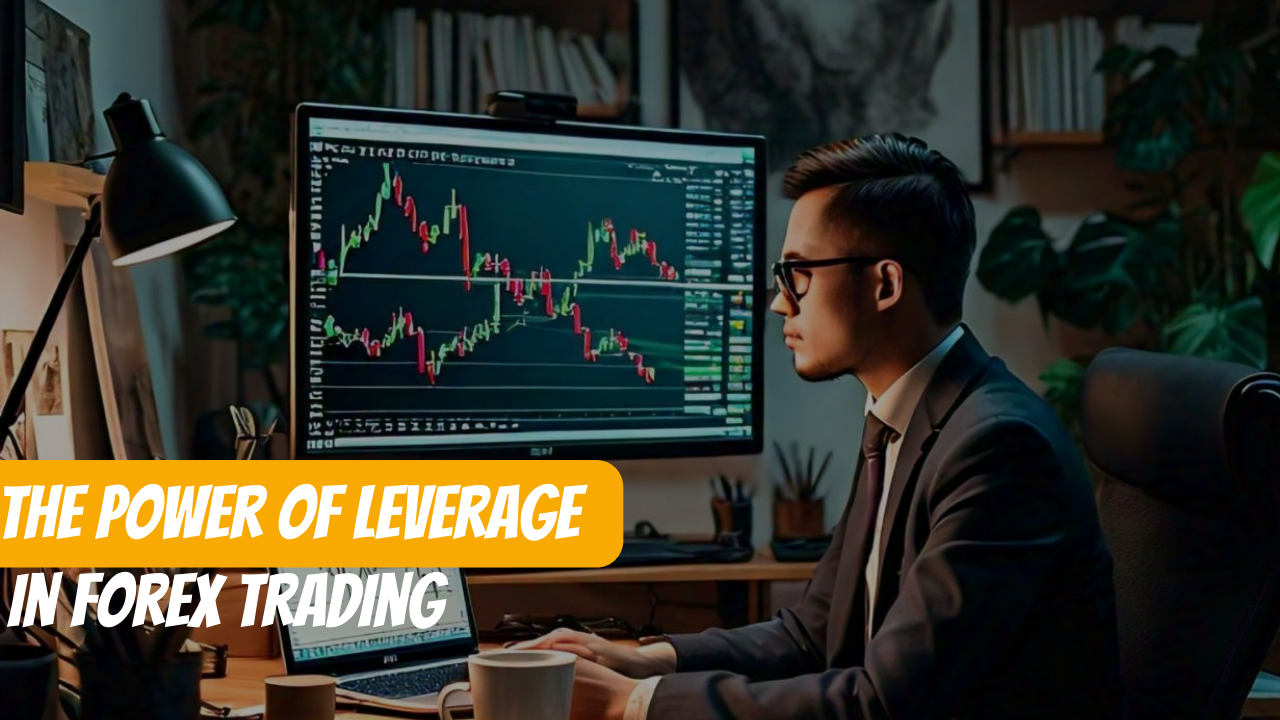
Introduction
In the fast-paced world of forex trading, leverage is a powerful tool that can amplify both profits and losses. Understanding how leverage works and its implications is crucial for traders looking to navigate the forex market with confidence. In this comprehensive guide, we will delve deep into what leverage in forex trading, its significance, how it works, and practical tips for traders to use leverage effectively while managing risk.
Table of Contents
What is Leverage in Forex Trading?
Leverage is a mechanism that allows traders to control a larger position in the market with a smaller amount of capital. It enables traders to amplify their potential returns by borrowing funds from their broker to increase the size of their trades. Leverage is expressed as a ratio, such as 50:1, 100:1, or even higher, indicating the amount of capital borrowed relative to the trader’s own capital.
Significance of Leverage in Forex Trading:
Leverage plays a significant role in forex trading for several reasons:
Increased Trading Power:
With leverage, traders can control a larger position in the market than their available capital would allow. This increased trading power enables traders to potentially generate higher profits from small price movements in currency pairs.
Enhanced Profit Potential
By amplifying the size of their trades, traders can magnify their potential profits. Even small price fluctuations in the forex market can result in significant gains when trading with leverage.
Capital Efficiency
Leverage allows traders to utilize their capital more efficiently, as they can trade larger positions with a smaller amount of capital. This enables traders to diversify their trading strategies and take advantage of more trading opportunities.
How Leverage Works in Forex Trading
To understand how leverage works in forex trading, let’s consider an example:
Suppose a trader wants to open a position in the EUR/USD currency pair and has $1,000 in their trading account. If the trader uses leverage of 100:1, they can control a position size of $100,000 ($1,000 x 100). This means that for every $1 of the trader’s own capital, they are borrowing $100 from their broker to trade in the forex market.
If the trader’s trade moves in their favor, they can potentially generate significant profits relative to their initial capital. However, it’s essential to note that leverage also amplifies potential losses. If the trade moves against the trader, losses can exceed the initial investment, leading to margin calls or even account liquidation.
Risk Management with Leverage
While leverage can magnify profits, it also increases the risk of significant losses. Effective risk management is crucial when trading with leverage to protect capital and minimize potential losses. Here are some essential risk management techniques for traders using leverage:
Set Stop-Loss Orders
Always use stop-loss orders to limit potential losses on each trade. Set your stop-loss level based on technical analysis, support and resistance levels, or other risk management techniques. Stop-loss orders help mitigate the risk of large losses in volatile market conditions.
Manage Position Sizes
Consider the appropriate position size for each trade based on your risk tolerance and account size. Avoid overleveraging your account by trading larger positions than you can afford to lose. Use position sizing techniques to ensure that each trade’s potential loss is within your acceptable risk tolerance.
Monitor Margin Levels
Keep a close eye on your margin levels to ensure you have sufficient funds to cover your trades. Avoid margin calls by maintaining adequate margin levels and avoiding excessive leverage. Be aware of the margin requirements set by your broker and ensure you have enough margin to support your open positions.
Diversify Your Trades
Spread your risk by diversifying your trades across different currency pairs or asset classes. Avoid concentrating your trades in a single currency pair or market, as this can increase your exposure to individual market movements.
Conclusion
Leverage is a powerful tool in forex trading that can amplify both profits and losses. While leverage offers
the potential for significant gains, it also increases the risk of substantial losses. By understanding how leverage works, using it judiciously, and implementing effective risk management techniques, traders can harness the power of leverage while protecting their capital. Remember to always conduct thorough research, practice disciplined trading, and continuously refine your trading approach to achieve long-term success in forex trading.
Read More to Visit Fintecmarkets.com
0
